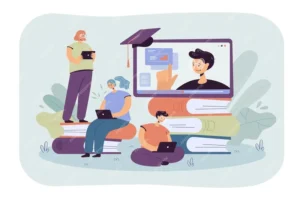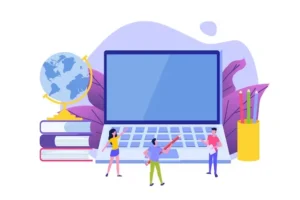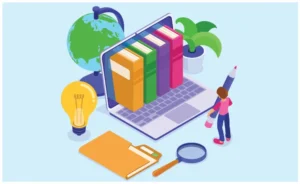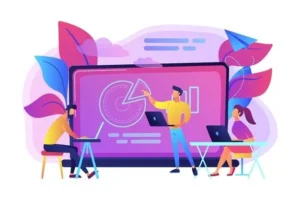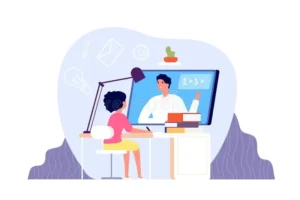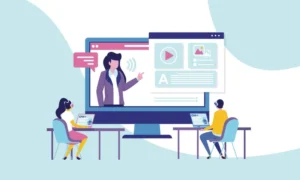The Long-Term Impact of Ensuring Online Education Accessibility for All Learners

Accessibility in online education has evolved from being a compliance requirement to an essential component of providing quality learning experiences for all students. In this article, we explore the long-term implications of ensuring accessibility for learners in the digital education landscape.
Contents
- Section 1: Inclusive Learning Environment
- Section 2: Enhanced Learning Outcomes
- Section 3: Expanding Access to Education
- Section 4: Economic and Societal Impact
- Section 5: The Evolving Role of Technology
- Section 6: Legal and Ethical Dimensions
- Section 7: Collaboration and Advocacy
- Section 8: Future Prospects
Section 1: Inclusive Learning Environment
- Equal Opportunities for All:
- Explain how ensuring accessibility establishes a level playing field, providing equal educational opportunities for students with disabilities and those without.
- Diversity and Inclusion:
- Discuss the impact of accessible online education in fostering diverse and inclusive learning environments.
Section 2: Enhanced Learning Outcomes
- Improved Engagement:
- Explore how accessibility features can lead to higher student engagement and active participation in online courses.
- Personalized Learning:
- Describe how accessibility enables personalized learning experiences, catering to individual learning styles and preferences.
Section 3: Expanding Access to Education
- Global Reach:
- Highlight the role of accessibility in making education accessible to learners across the globe, transcending geographical boundaries.
- Lifelong Learning:
- Discuss how accessible online education empowers adults and lifelong learners to continuously acquire new knowledge and skills.
Section 4: Economic and Societal Impact
- Workforce Development:
- Explain the contribution of accessible online education to workforce development, producing skilled and adaptable professionals.
- Reducing Socioeconomic Disparities:
- Explore how accessibility can help bridge economic gaps by providing educational opportunities to underserved communities.
Section 5: The Evolving Role of Technology
- Advancements in Assistive Technologies:
- Discuss how innovations in assistive technologies are continually improving online education accessibility.
- Artificial Intelligence and Accessibility:
- Explore how AI-driven solutions are enhancing accessibility by automating content adjustments to individual needs.
Section 6: Legal and Ethical Dimensions
- Legal Compliance and Beyond:
- Explain the importance of complying with accessibility laws and regulations while also embracing accessibility as a moral and ethical responsibility.
Section 7: Collaboration and Advocacy
- Educational Institutions’ Role:
- Discuss how educational institutions are working to create accessible educational environments through policy development and faculty training.
- Advocacy for Accessibility:
- Highlight the role of advocacy groups and individuals in promoting accessibility in online education.
Section 8: Future Prospects
- Innovative Technologies:
- Explore emerging technologies and their potential to further enhance accessibility in online education.
- Continuous Improvement:
- Emphasize the need for ongoing efforts to improve accessibility and create truly inclusive online learning environments.
Conclusion:
In conclusion, ensuring accessibility in online education has far-reaching and long-term positive impacts on learners, society, and the workforce. It is not just a legal requirement but a fundamental aspect of providing quality education for all. The future holds even more promise as technology evolves and educational institutions continue to prioritize accessibility in their mission.




